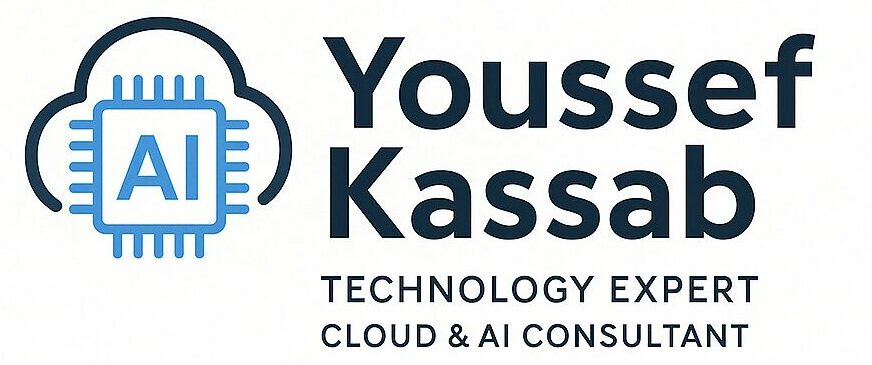Welcome back to “Digital Foundations.” Now that your WordPress site is aesthetically set with a chosen theme and functional with essential plugins, it’s time to focus on its core element: content. Effective and engaging content is what will attract and retain your audience, and in this post, we’re going to guide you through creating your first posts and pages that resonate with your audience.
Understanding WordPress Content Dynamics
WordPress offers two primary types of content: posts and pages. Understanding their differences and uses is crucial:
- Posts: They are dynamic and often used for blogs, news updates, and articles. Displayed in reverse chronological order, they encourage audience engagement through comments and are categorized and tagged for easy navigation.
- Pages: These are static and typically used for timeless information like ‘About Us,’ ‘Contact,’ or ‘Services’ pages. Unlike posts, they are not meant for frequent updates.
Creating Your First Post
- Using the Post Editor: Access it by going to ‘Posts’ > ‘Add New’ on your dashboard. The WordPress editor, also known as Gutenberg, offers blocks to add text, images, and other elements.
- Writing a Captivating Title: The title should be attention-grabbing yet clear, succinctly telling readers what the post is about.
- Composing the Body: Write content that is informative, engaging, and valuable to your target audience. Structure your text with headings, subheadings, and short paragraphs for better readability.
- Incorporating Visuals: Enhance your posts with relevant images, videos, or infographics. Visuals break the monotony of text and increase engagement.
- SEO Optimization: Use focus keywords, craft a compelling meta description, and utilize categories and tags for better search engine visibility.
- Call to Action: End your post with a call to action, prompting readers to engage further, whether through comments, sharing, or exploring your products or services.
- Publishing: Preview your post to see how it looks and then hit ‘Publish’ when you’re ready to go live.
Crafting Effective Pages
- Page Editor Access: Navigate to ‘Pages’ > ‘Add New.’ The process is similar to creating a post but with a focus on static content.
- Designing Your Page: Pages should be clear and purpose-driven. Use the block editor to add text, images, and other elements.
- Essential Business Pages: Create foundational pages such as ‘Home,’ ‘About Us,’ ‘Services/Products,’ ‘Contact Us,’ and a ‘Privacy Policy’ page.
- Customization and Layout: Utilize page builders for more intricate designs if needed. Ensure your pages align with the overall design of your site.
Best Practices for Web Content Creation
- Know Your Audience: Tailor your content to address the needs, questions, and interests of your target audience.
- Content Consistency: Regularly update your site with new posts to keep your audience engaged and to boost SEO.
- Quality Over Quantity: Prioritize the creation of high-quality, informative, and relevant content over simply having a large quantity of posts.
- Use of Multimedia: Incorporate a variety of multimedia elements to make your content more engaging and accessible.
- Mobile Responsiveness: Ensure your content is easily navigable and visually appealing on mobile devices.
- Engagement and Interaction: Encourage interaction by ending posts with questions or calls to action and by enabling comments.
- User Experience: Focus on creating a positive user experience with easy-to-navigate content, fast loading times, and clear calls to action.
Utilizing WordPress’s Rich Content Features
- Gutenberg Editor: Leverage the power of the Gutenberg editor to create rich content layouts.
- Media Library: Use WordPress’s media library to manage and include images and videos in your content effectively.
- Content Scheduling: Take advantage of the ability to schedule posts in advance, maintaining a consistent content flow.
- Content Categories and Tags: Use categories and tags wisely to organize your content and improve site navigation.
Conclusion
Your WordPress website is your digital storefront, and the content you create is the voice of your brand. It’s what tells your story, showcases your expertise, and connects you with your audience. As you grow more comfortable with WordPress, experiment with different types of content and multimedia to see what resonates best with your audience. Remember, the key to successful content is to keep it engaging, informative, and true to your brand’s voice.
In our next post, we’ll dive into the basics of SEO for WordPress, ensuring that your beautifully crafted content also gets the visibility and ranking it deserves on search engines.
Discover more from Youssef Kassab
Subscribe to get the latest posts sent to your email.

